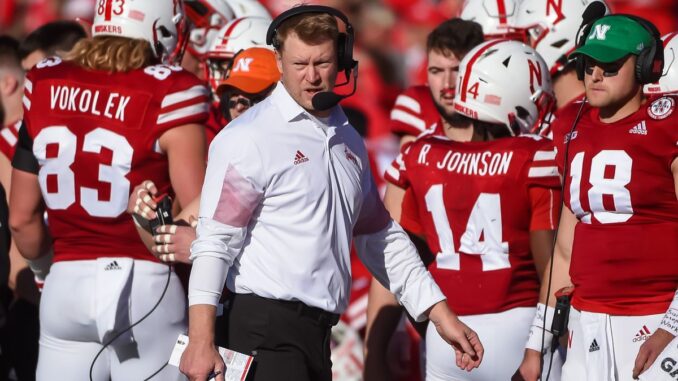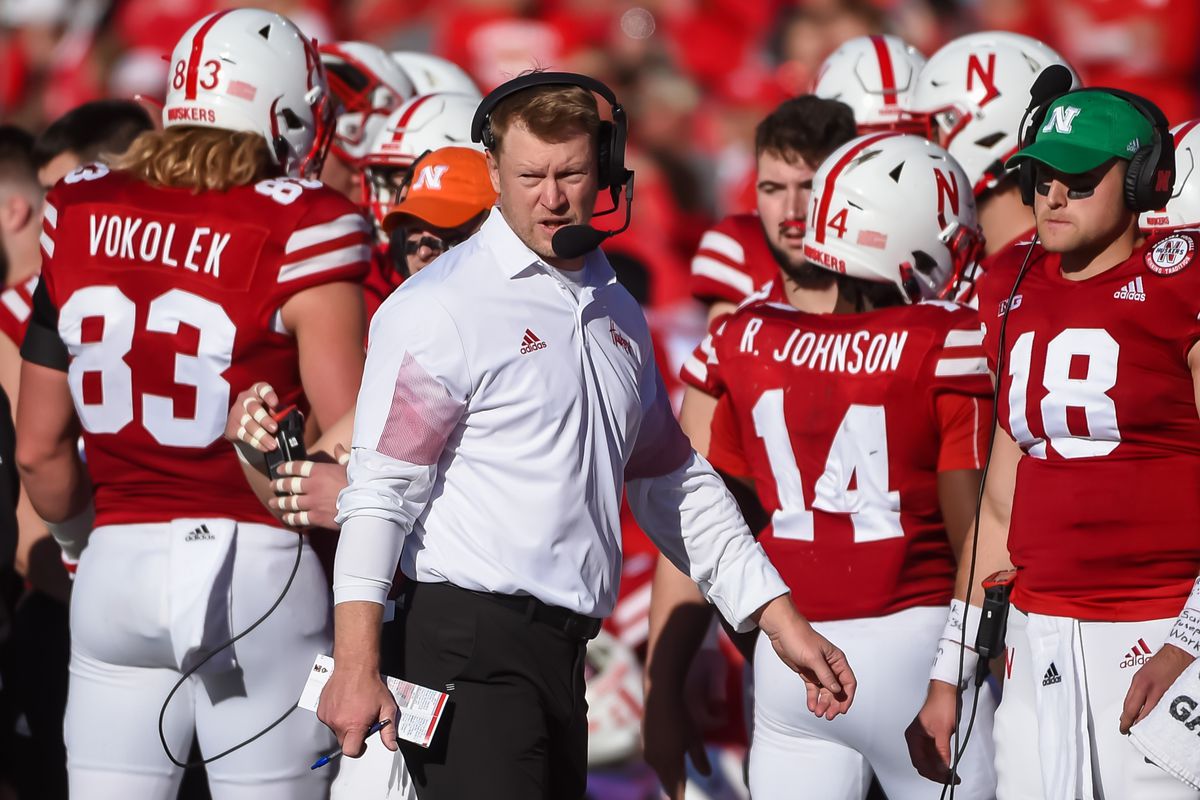
1995 Nebraska and the myth of championship recruiting

Since then the big question regarding Nebraska football has been “what are reasonable expectations for this program?”
I’m not sure there’s ever been a more impressive run by any other college program, if you want to quibble I’m happy to debate it in the comments and open to other suggestions.
Anyways, Nebraska was absurdly excellent but they didn’t arrive there by today’s standards of how greatness is expected to be achieved. In particular they were not the recruiting behemoth that, say Nick Saban’s Alabama has been.
Championship caliber recruiting
My colleague Bud Elliott of SB Nation has a regular feature in his recruiting coverage in which he reveals which teams are recruiting at a “championship level.” It’s all based on a concept called “blue-chip ratio” that makes a certain amount of obvious sense. Even someone who is considerably more skeptical of recruiting rankings, like myself, will acknowledge that the rankings do reflect a general consensus on who the known talents are in a given year.
Snagging a large number of obvious athletes with NFL measurables isn’t a terrible way to build out your roster. “Blue-chip ratio” says that a roster needs to have a higher number of 4 and 5-star players than 2 and 3-star players in order to win a championship. As Elliott notes, that pretty much reduces the number of potential champions to about 10 or less in a given year and they’re all going to be traditional blue blood programs.
Nebraska is still sometimes considered a blue blood program but that perspective is dying in a real hurry. I detailed some of the reasons for that when examining what makes Wisconsin so effective (it’s not blue-chip ratio) but the gist of it is that Nebraska doesn’t have the demographics to comprise a realistic recruiting base to build blue-chip championship rosters from.
Now Elliott’s “blue-chip ratio” theory is already on pretty shaky ground. There have been a few different teams included in the playoffs that didn’t meet that criteria, such as 2015 Michigan State who ended up getting blown out by Alabama, the winning Clemson team only just barely cleared the bar, or 2017 Oklahoma who were a touch below. It almost went down in flames last year due to OU’s lack of bluechip recruits on their roster but was bailed out when Georgia squeaked by the Sooners in overtime.
Now the reason that OU was competitive had a lot to do with an OL stocked with 3-stars and a walk-on (Erik Wren), 3-star FB Dmitri Flowers, and 3-star QB Baker Mayfield. The reason they failed was their defense, which enjoyed a better percentage of blue-chip players but wasn’t any good at all. That alone suggests that blue-chip ratio is not an immutable law, but more of a guideline on how to bet, but I suggest that the issue was already settled in the 90s by Osborne’s Nebraska Cornhuskers.
/cdn.vox-cdn.com/uploads/chorus_asset/file/23761911/usa_today_17200175.jpg)
The 1995 Nebraska Cornhuskers
Looking back at the 90s it’s generally the 95 team that’s considered to be the greatest Nebraska team and perhaps the greatest college team of all time. They were never really tested all year but blasted everyone on the schedule and defeated three top 10 ranked Big 8 schools by scores of 49-25 (K-State), 44-21 (at Colorado), and 41-3 (at Kansas). They also shut out a bad Oklahoma team and went on to face Ol ball coach Steve Spurrier and Danny Wuerffel in the Fiesta Bowl where they beat the no. 2 ranked Florida Gators by a score of 62-24.
Here was an early run from that game that illustrates what that team was all about:

Leave a Reply